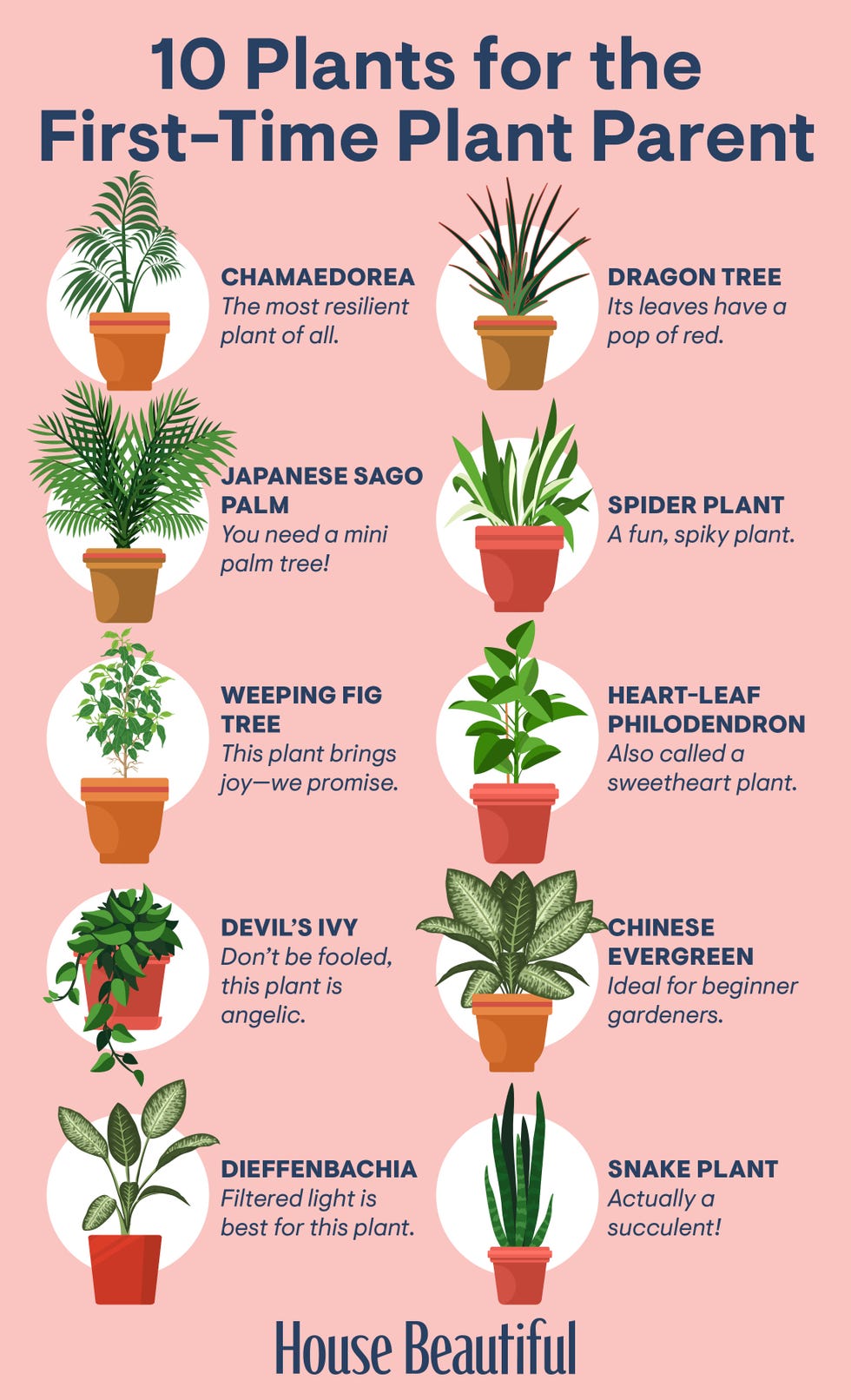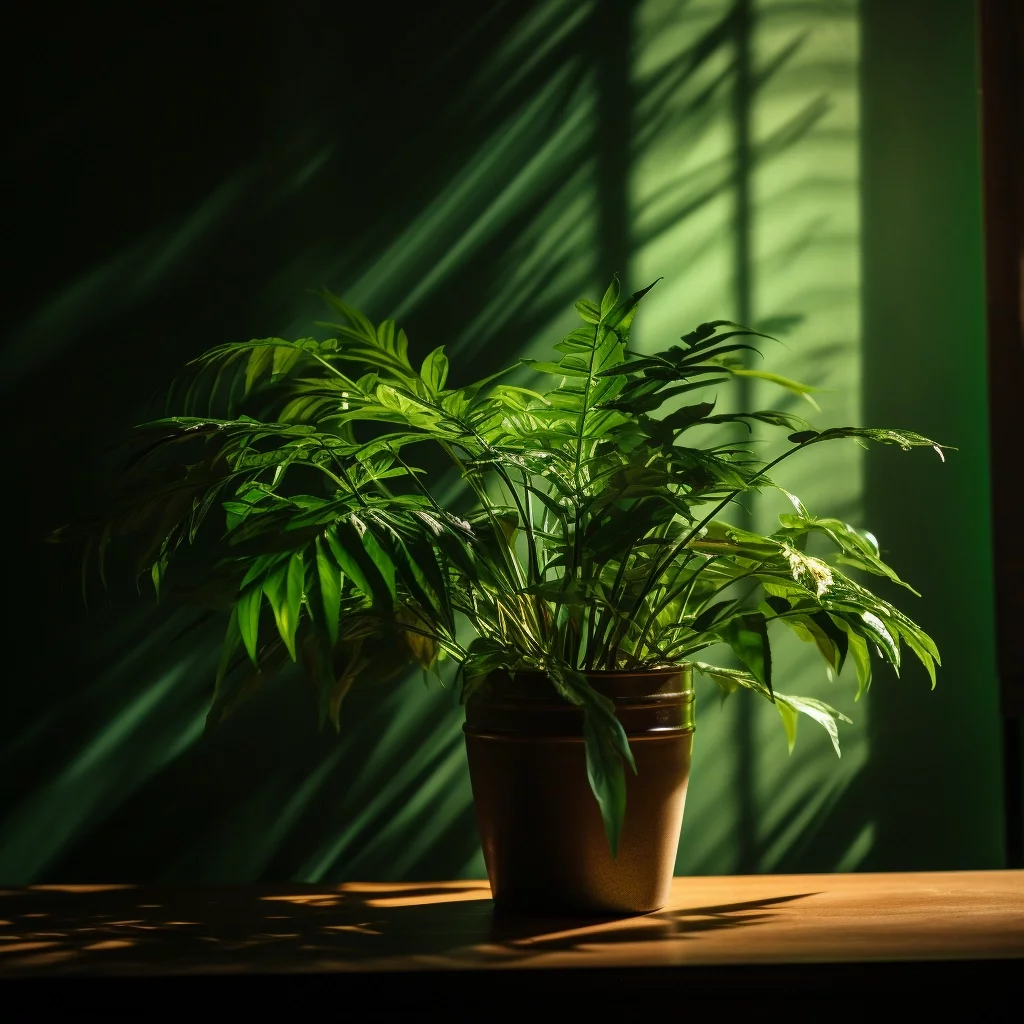Reveal the Keys of Low-Light Indoor Plants and Just How They Boost Your Environment
Low-light interior plants have gathered raising interest for their distinct capacity to improve both visual appeal and environmental high quality within homes and workplaces. These durable species, including the Snake Plant and Tranquility Lily, not only thrive in challenging illumination conditions however likewise play an essential duty in air filtration and psychological wellness.
Benefits of Low-Light Indoor Plants
Although lots of people assume that interior plants require abundant sunshine to grow, low-light indoor plants use a wide range of benefits that make them optimal for different settings. One of the key advantages is their adaptability; they can grow in spaces with minimal all-natural light, such as workplaces, cellars, or areas with little windows. This feature permits people to improve their surroundings with plant, adding to enhanced appearances without the demand for considerable lights adjustments.
Additionally, low-light indoor plants can dramatically improve interior air quality by filtering system harmful toxins and launching oxygen, making living rooms healthier. The existence of plants has actually been connected to better sensations of serenity and emphasis.
Moreover, low-light plants usually call for less upkeep than their sun-loving counterparts, making them optimal for hectic individuals or those new to gardening. Their strength allows them to prosper with minimal intervention, therefore offering a rewarding experience for plant fanatics and amateurs alike. In summary, low-light interior plants offer both aesthetic and functional purposes, making them useful additions to any kind of room.
Leading Low-Light Plant Selections
Low-light indoor plants can be found in a selection of varieties, each offering special characteristics and advantages matched for dim atmospheres. Among one of the most prominent varieties is the Serpent Plant (Sansevieria), understood for its architectural leaves and air-purifying capabilities. This resistant plant prospers on neglect and can endure a vast array of light problems.
Another exceptional selection is the ZZ Plant (Zamioculcas zamiifolia), which includes shiny, dark eco-friendly fallen leaves and is very drought-tolerant. Its adaptability makes it a favored for offices and homes with minimal sunlight.
The Pothos (Epipremnum aureum) is additionally a leading competitor, with its trailing creeping plants and heart-shaped leaves - Best low-light indoor plants. This functional plant can be trained to climb up or cascade, including visual interest to any kind of space

Care Tips for Low-Light Plants
Caring for low-light interior plants needs a nuanced understanding of their certain demands to make certain optimal development and vitality. First, it is vital to pick the best potting mix, as a well-draining soil is essential to avoid root rot. A blend designed for houseplants, commonly consisting of peat moss and perlite, functions well for a lot of low-light ranges.
Watering is another vital aspect of treatment. Low-light plants normally call for less frequent watering compared to their sun-loving equivalents. It is suggested to check the leading inch of soil; if it feels dry, it's time to water. Overwatering can lead to problems such as mold and origin decay.
Fertilizing must be approached with caution. Throughout the expanding period, a watered down fluid fertilizer can be applied monthly, but in winter months, lots of low-light plants get in inactivity and require little to no fertilizing.
Last but not least, it is very important to periodically clean up the fallen leaves to get rid of dust, enabling for far better light absorption. By adhering to these treatment ideas, you can grow a flourishing setting for your low-light indoor plants, boosting both their look and long life.
Enhancing Air High Quality With Plants
Interior plants play a substantial duty in enhancing air high quality within homes and office spaces. With the procedure of photosynthesis, these plants take in co2 and launch oxygen, contributing to a healthier atmosphere. Furthermore, particular low-light interior plants have the capacity to filter dangerous toxins, such as trichloroethylene, formaldehyde, and benzene, which are typically discovered in interior settings.

Furthermore, the visibility of indoor plants can boost humidity levels, which aids minimize completely dry skin and breathing concerns, even more boosting total health. This capability to improve air quality not only advertises redirected here physical health and wellness but also supports psychological health.
Integrating low-light indoor plants into your living and functioning rooms can cause a much more lively and stimulating setting (Best low-light indoor plants). Buying these natural air cleansers is a simple yet effective method for boosting indoor air quality and cultivating a much healthier way of life
Creating a Calm Indoor Space
The integration of plants into living areas not just improves air quality but also adds to a peaceful environment. Low-light interior plants, such as serpent plants and pothos, are especially reliable in creating a peaceful environment, as they flourish in conditions that may otherwise be unwelcoming for various other greenery. Their rich foliage supplies a calming visual, decreasing stress and advertising leisure.
Integrating these plants into your office or home can evoke a feeling of tranquility and wellness. Purposefully positioning them in areas where you spend considerable time, such as living work areas or spaces, permits an immersive experience with nature, which has actually been shown to improve state of mind and cognitive function.
In addition, the gentle activity of leaves in feedback to airflow can create a vibrant visual aspect that enhances the overall setting. Take into consideration using a variety of plant heights and appearances to add deepness and interest to your area. With thoughtful positioning and treatment, low-light interior plants can transform any type of location right into a calm sanctuary, fostering not only aesthetic complete satisfaction but likewise emotional find out and psychological wellness.

Verdict
Including low-light indoor plants right into different settings yields considerable advantages, including boosted air top quality and boosted aesthetic allure. The transformative power of low-light plants emphasizes their worth in improving both residential and work-related settings.
Although several people think that interior plants call for abundant sunshine to thrive, low-light indoor plants use a multitude of advantages that make them ideal for various settings.Furthermore, low-light interior plants can significantly boost indoor air top quality by releasing and filtering system unsafe toxins oxygen, making living areas healthier. Furthermore, particular low-light indoor plants possess the ability to filter unsafe contaminants, such as benzene, formaldehyde, and trichloroethylene, which are generally found in indoor settings.
Low-light indoor plants, such as serpent plants and pothos, are specifically effective in producing a serene atmosphere, as they flourish in conditions that might otherwise be unwelcoming for other greenery.Including low-light interior plants into various settings yields substantial benefits, consisting of boosted air top quality and improved visual allure.